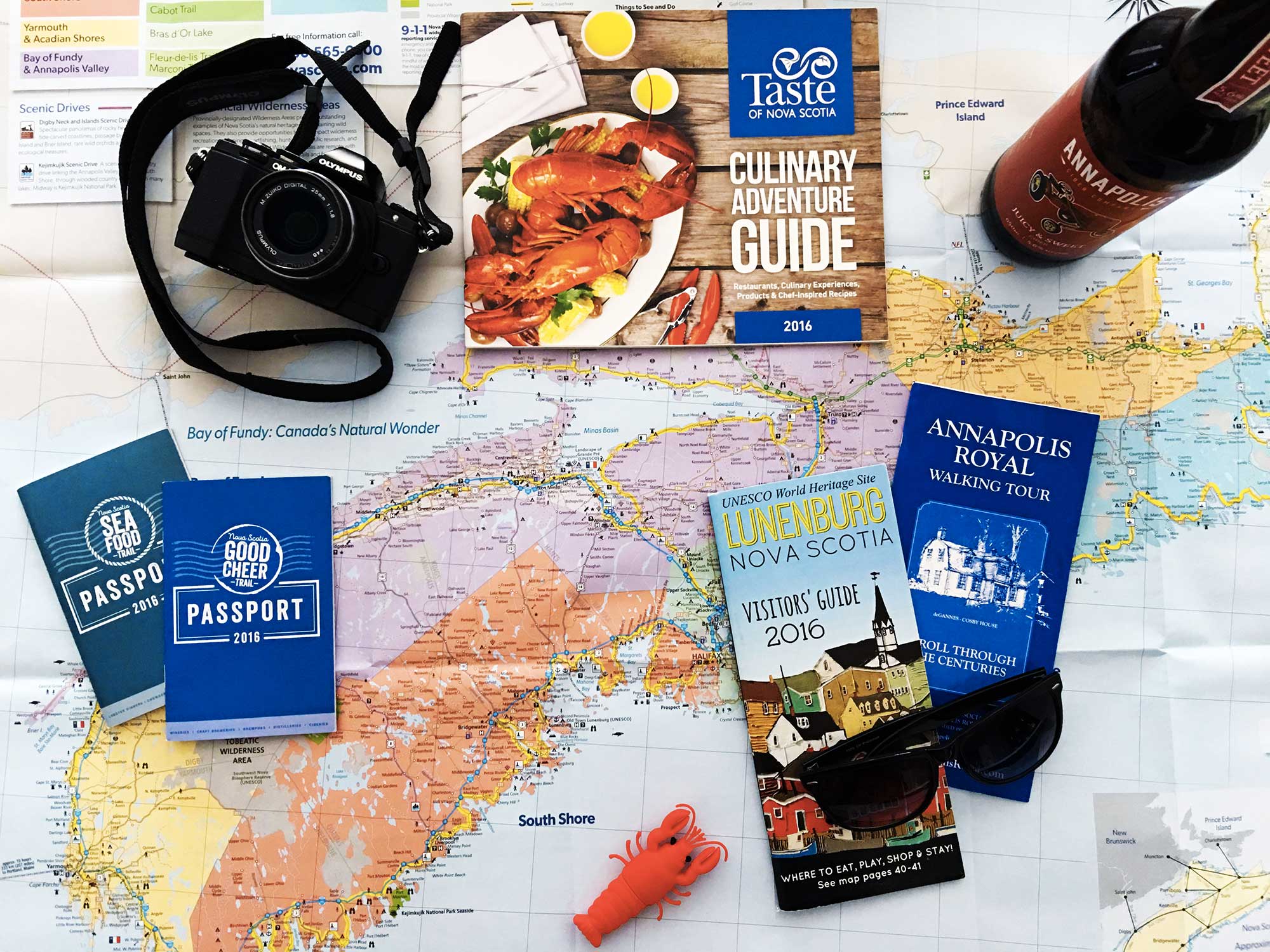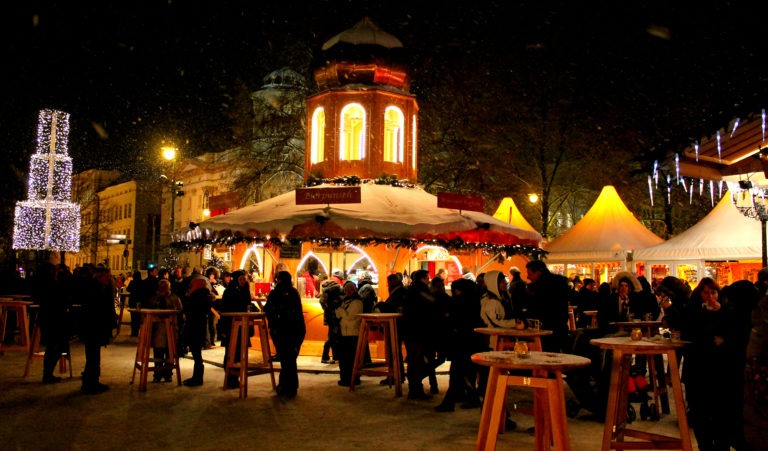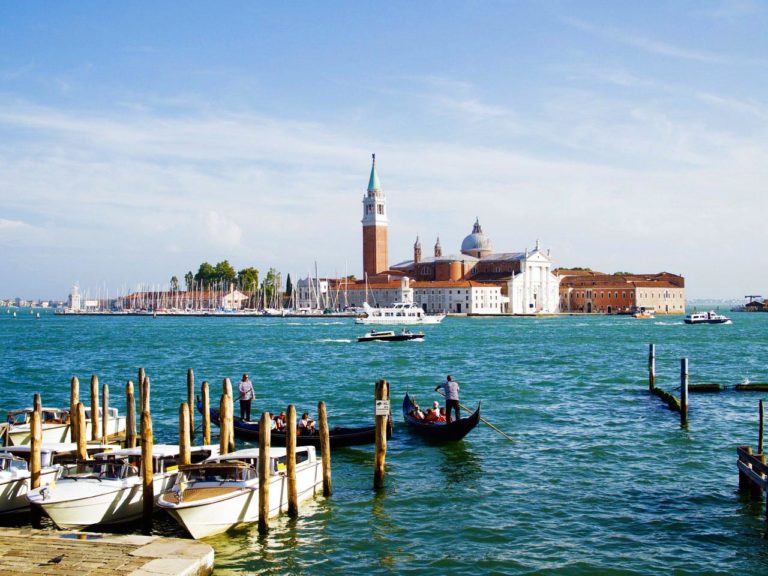How To Start a Travel Blog – Tips From a Veteran Travel Blogger
If you’ve been toying with the idea of sharing your travel knowledge on the Internet, then perhaps it’s time for you to learn how to start a travel blog. This lengthy post includes everything you will need to know, from the basics of picking a good name to intricate monetizing strategies and useful tips for dealing with PR.
How To Start a Travel Blog: The Basics
Pick a name
Create a blog name with practicality in mind first and foremost. You want a name that’s just two or three words long, that’s not too much of a mouthful (my first blog was called EuroTripTips.com, which quickly became problematic) and that has a memorable ring to it without sounding gimmicky. You want something broad enough that it doesn’t lock you in a specific niche but that’s also definite enough to convey who you are. Stick to conventional spelling, avoid hyphens and numbers, be concise, think long term and, most of all, wait until it feels right.
Sounds complicated? It is. But don’t settle until you’ve really found it; it’s a challenge but you cannot possibly overestimate the importance of a good blog name.
And for the love of god do NOT pick “Nomadic XYZ” or “Wanderlust ABC”. Both have been done to death!
Secure social media handles
Before you commit to a name by purchasing a domain, verify that it’s not already used on social media platforms.
Make it easy for your readers to follow you and share your content by choosing a handle that’s as similar as possible to the literal name of your blog and by having a unique handle across all platforms. Again, avoid hyphens, numbers and unnecessary characters.
Create a theme / visual identity
Setting up a blog absolutely does not have to cost you thousands of dollars. Don’t hire a costly web designer just yet! ThemeForest, Bluchic (where I bought and tweaked my theme from), Creative Market and Station Seven all have elegant and functional themes that are all well under the $100 mark.
Here are a few interesting features that can dramatically improve your blog’s appearance and performance, keeping in mind that there are hundreds of plugins out there (more on that below) to fix any deficiency:
- A “related posts” feature at the bottom of blog posts to encourage intra-site navigation
- Internal search box
- Social media sharing
- Contact form
- A responsive design (which will automatically adapt to your reader’s screen format, be it desktop, tablet or mobile — an absolute must in this day and age where mobile visits account for 50% of web traffic)
The next step on the “How To Start a Travel Blog” checklist will be to create a logo, which will be visible on every single one of your platforms and documents, including your media kit and business cards. Unlike the blog theme, this might be worth hiring a graphic designer for. I worked with a friend of a friend based in Quebec City on a logo and a few related icons and managed to spend less than $800. If you’re on a smaller budget, 99 Designs is a great option too.
To summarise, remember that your visual identity, which includes your logo, your blog theme, your colour scheme and your fonts, needs to be cohesive, clean and aesthetically pleasant. Would you bother reading a blog that has cluttered sections and pop-ups and neon colours all over the place? No. No one would.
Find a niche / style
Travel, in and of itself, is not a niche. If you truly want your blog to rank in search engines and get consistent traffic, you will need to narrow it down a little. What are your main interests, what’s your travel style, what are your core values? Draw inspiration from what comes naturally to you.
However, take your niche with a grain of salt; far more important than a specific set of topics is the voice you will write with, which will encompass all of your articles. It’s not only perfectly acceptable but, in fact, strongly encouraged to let your personality shine through — this is what, after all, differentiates travel blogs from guidebooks — and have your voice be the main focus of your blog.
How To Start a Travel Blog: Tech Essentials
This is, admittedly, the most boring part. It’s also astonishingly satisfying as nothing is more stimulating for a blogger than seeing his/her stunning blog up and running! But unless you’re a coding ninja yourself, it might be time to either start reading up on databases and CSS and HTML, or, alternatively, start looking for someone who already knows how to do all that. There are several web hosting services out there if you truly can’t be bothered to deal with it yourself. If you don’t personally know a trustworthy and efficient developer and don’t mind rolling up your sleeves, learning how to code will be time-consuming in the beginning but will eventually save you a LOT of money.
Get hosted
Finding a host is really a case of hit and miss. Some bloggers swear by specific brands, while others hate them — there just isn’t a consensus as to which host new bloggers should pick.
I personally use BlueHost and I’ve never had an issue with them; my site seldom crashes and on the odd chance that it does, I can get through to them rather promptly for minimum damage. I also like that they don’t charge you for buying a domain name and that WordPress can be installed in a single click (more on that later). In short, Bluehost offers quality hosting for a low price — ideal for newbie bloggers.
A few notes on how to start a travel blog using Bluehost:
- The Pro plan is very much worth its price (it’s still just $15 a month). “Domain Privacy” means that no one will be able to look up the personal detail, including mailing address, of the website owner — you. This is otherwise public information. “Site Backup Pro” is absolutely essential because you just never know when your blog will crash. “SiteLock” increases your blog’s trustworthiness and credibility tenfolds by manually validating and adding a little padlock next to your URL. Additionally, the Pro plan includes personalised setup by Bluehost’s experts.
- However, don’t lock yourself in a superfluously lengthy contract. Start with 12 months, even if it’s a tad more expensive, and adjust in accordance with your needs a year from now.
Install WordPress
WordPress is still, in 2017, the best platform for travel blogs. It’s almost entirely customisable, user-friendly, instinctive and powerful. At this point, it’s important to point out that downloading WordPress to your Bluehost database will allow you to self-host, meaning your URL will be “XYZ.com” instead of “XYZ.WordPress.com”; in addition to being more credible, this also gives you complete autonomy in terms of advertising, display and functionality.
Once you’ve clicked on the WordPress icon in you Bluehost cPanel, you will be able to log in with your new username and password and start working on your design.
Download plugins
It would be pointless to write a post on “How To Start a Travel Blog” and skip plugins entirely, as they are what will make your blog run smoothly. Think of plugins as third-party apps for your blog, each with a specific set of functions and characteristics. You can literally get them to do whatever you need them to do in order to make your blog more efficient and attractive.
However, don’t get overwhelmed: the more plugins you install on your blog, the more complex and less manageable the whole thing will become, potentially causing slow performance and other troublesome issues. Keep that in mind! Furthermore, a lot of plugins now charge either a flat or yearly fee for the Pro version but be aware that not all are created equal and some are simply not worthy of your money; read up on reviews before you commit.
These ones, though, I wholeheartedly recommend:
- Akismet (basic plan is free; Plus plan is $7/month): The best anti-spam plugin currently on the market. It’s not perfect by any means, but it does filter through about 95% of the spam I get on this site.
- Interactive World Map ($20/year): I use this fully customisable plugin on my Destinations page; it allows people to click on countries and be directed to pertinent content.
- Social Warfare Pro ($30/year): A minimalist, lightning-fast yet powerful social media sharing tool with robust Pinterest features like a dedicated image as well as a hover “Pin it” button. It’s also one of the few to incorporate Twitter shares. This plugin truly maximised my social shares.
- WordPress Editorial Calendar (free): If you’re planning on writing profusely, you will need a calendar to coordinate your posts ahead of time.
- WordPress Popular Posts (free): A pleasant little plugin that displays the most read posts on my site over the past 24 hours.
- Yoast SEO (basic plan is free; Pro is $70/year): The best Search Engine Optimisation plugin. Enter the keyword you want to focus on and it will tell you exactly what you need to do for your post to truly rank in Google.
- Grammarly (basic version is free; Premium is $12/month): Not technically a plugin, it’s a neat little Chrome extension writing-enhancement platform and the world’s leading automated proofreader, allowing bloggers to improve clarity, structure and meaning through rich vocabulary and clear grammar rules. In other words: a lifesaver. Never underestimate how poor grammar and wording can affect your credibility as a writer.
Install Google Analytics
That goes without saying. Not only will PRs and medias want to have visual proof of your alleged visits, it’s also the best way to see what works and what doesn’t, where your readers are from, what platform they use and what they’re interested in. Google Analytics also has a slightly addictive “Real Time” feature that tells you how many people are browsing your site at any given minute.
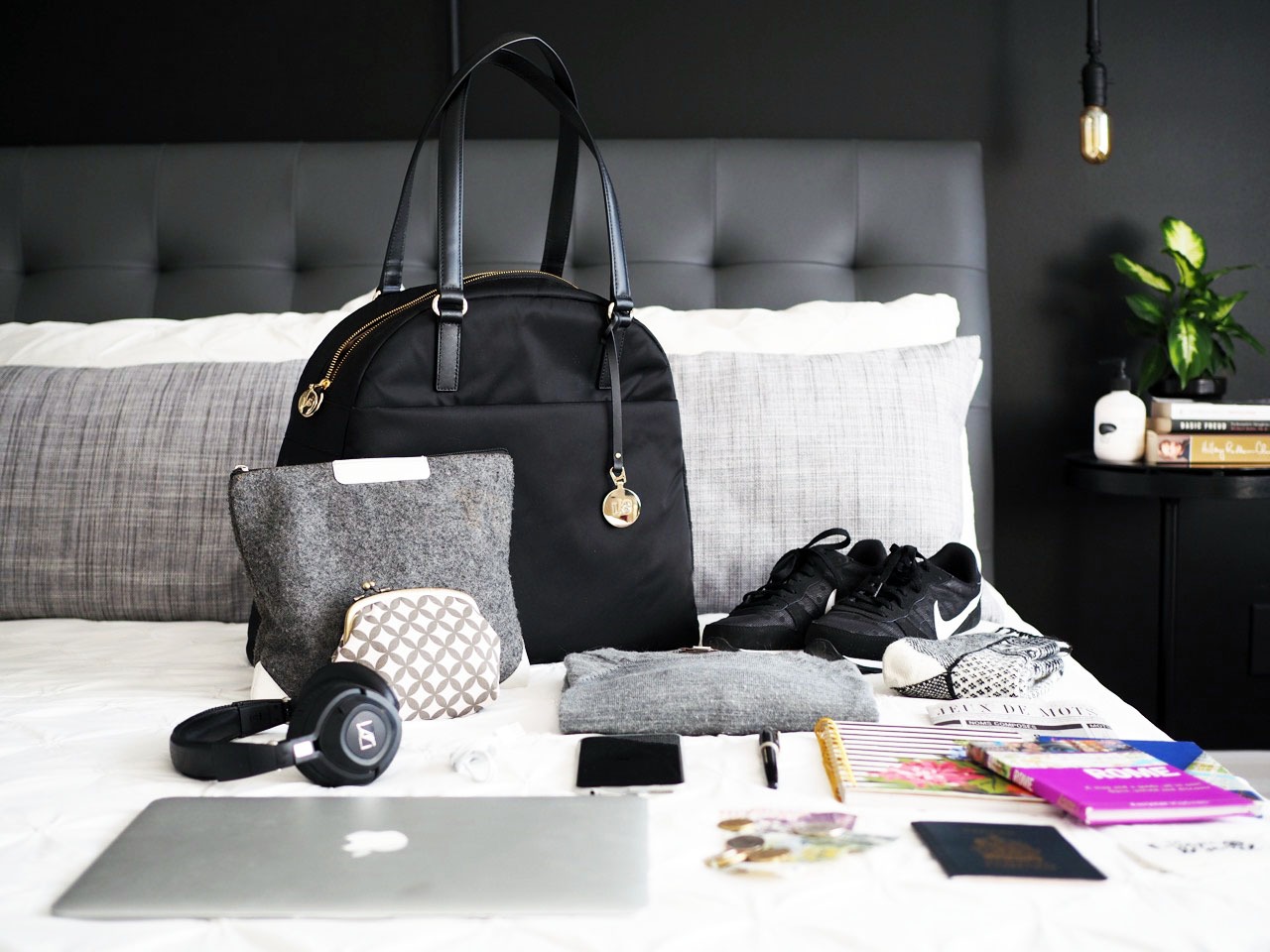
How To Start a Travel Blog: Fundamental Content
Landing / About page
You’ll be surprised to learn that your “About” page is usually one of the most visited, so you better make it good. Clearly identify your goals, themes and aspirations and add a personal touch. That’s what makes blogs different from one another, yes, but also from other types of outlets.
Resources for media/PR
Create a landing page entirely dedicated for media/PR with your numbers, a concise and informative media kit, past collaborations and rate card if you have one. These people are busy and can’t be bothered to look up five different pages to find what they’re looking for; they need to find all relevant info on one page. Failing to be organised and to have a clearly identified page for media/PR might end up costing you a press trip or a paid gig.
Evergreen articles
It’s okay to publish narratives and personal essays every once in a while; in fact, your readers will come to enjoy those greatly. However, you will need to have a fair number of evergreen posts in order to keep your traffic steady and be easily identified by search engines. Evergreen content is simply about writing useful posts that don’t have a use-by date, that are not time sensitive. Something that will still be relevant a year, two years from now. This will be the core of your traffic, especially on Pinterest and Google.
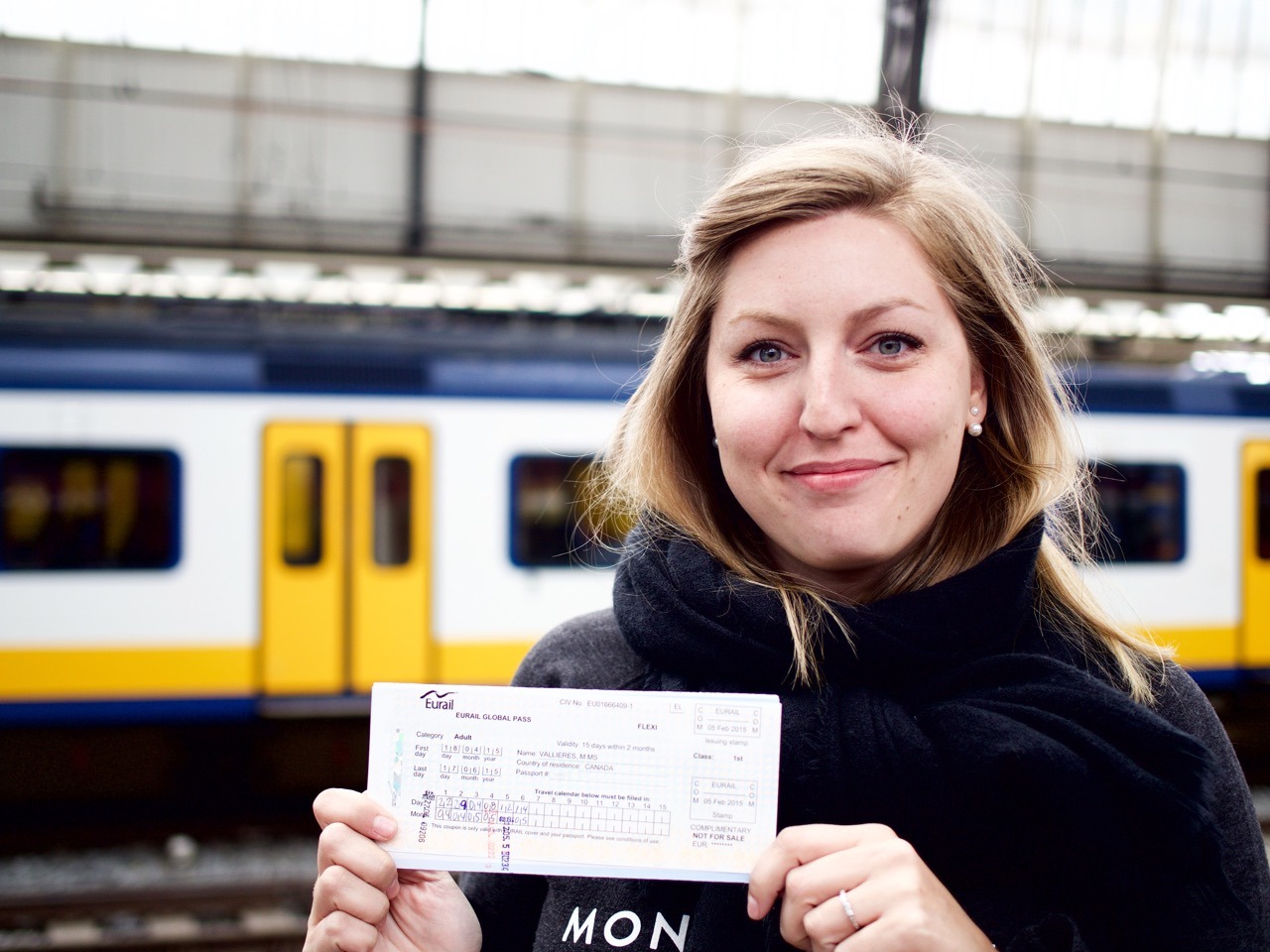
How To Start a Travel Blog: Develop Your Business
Enrol in a blogging course
Travel Blog Sucess is one of the most popular and respected courses out there. It provides new bloggers with tonnes and tonnes of useful information on how the industry works, how to improve storytelling and photography, as well as a variety of other pertinent topics. Now, I have to be completely honest here and admit that I do find Travel Blog Success sometimes yields to cookie-cutter travel blogs with a distinctive lucrative goal. This doesn’t have to be you, though; take what you feel is valuable to you and resonates with your values as a blogger and do your thing.
Start monetizing
There are several ways to earn money from a travel blog.
- Affiliate sales: Get a commission from recommending products you like and use. Remember to always be honest and disclaim that you are making money from these products. Some of the most popular networks are Amazon Associates, CJ Affiliate, ShareASale and Affiliate Window.
- eBooks: I published two eBooks on this blog and have been making decent money from it through Gumroad, my publisher. Make sure to clearly explain to your readers and potential customers what’s in it for them and why they won’t find the contents elsewhere for free.
- Paid trips: These are becoming more and more common in the industry but don’t expect to land them straight away. Bloggers who are getting paid to travel have a dedicated, considerable audience with engagement levels that speak for themselves.
- Pay-by-the-hour travel consultancy: Are you particularly well-versed in specific destinations? Then offer your readers paid Skype sessions and help them plan their getaway.
- AdSense: Let Google place ads on your site for a fixed CPC or CMI fee.
- Sponsored content: SEO agencies will contact you regularly to try and convince you to publish their link-heavy, client-focused posts on your site. Text links are generally frowned upon in the industry and considered to be quite damaging for your site, in the long run; so you better choose wisely and only accept those you feel reward the value of your site (aka, never settle for $50!)
- Brand collaborations: This can take a variety of shapes and forms, from brand ambassadorship to social media takeovers.
But whenever money is involved, there is a slight chance some of your readers (and fellow bloggers, even!) will call you a sell-out because they expect you to provide them with free content for eternity as if you didn’t have bills to pay, too. The key, here, is balance. Most bloggers will tell you that 20% is a good number to be at, but that depends on your own distinctive set of goals. Are you still worried you are doing too many sponsored posts? Then you probably are. Step back and look at your blog from a reader’s point of view — do you like what you’re reading, what are your first thoughts?
Build your community
There’s no point in monetizing your blog if you haven’t got anyone to sell things to. Don’t focus on making money straight away; focus on building your audience first and foremost and things will naturally grow from there. Blogs truly do not have a raison d’être if they don’t have an audience; invest time generously and money wisely in developing this following.

How To Start a Travel Blog: Helpful Tips
helpful Software
These are just some of the programmes and software I have found useful so far in my career as a travel blogger.
- Dropbox: I save everything to Dropbox, from photo archives to Pinterest templates and from back-ups to vital blog-related documents. Upgrade to the Pro version, it’s well worth it.
- Adobe Photoshop
: From slightly editing photos to creating my media kit and bespoke pins for Pinterest, this is probably the software I most use right after Google Chrome and Dropbox.
- Accounting Program: If you intend on earning money through your blog, you will need and bookkeeping software or online app to keep up with invoices and payments. Your bank account will thank you.
A note on freebies
Remember that there is no such thing as free in this industry. Your most valuable currency is your time and it should be rewarded accordingly. Sure, free hotel stays and sponsored luggage sets are nice enough but that’s not going to pay the bills, is it? If you feel comfortable with exchanges of service and you consider the value of what you are getting to be greater than what you would charge or what it would cost you out of pockets, then, by all means, go for it and don’t look back.
You are, however, completely entitled and justified to feel inquisitive and ask for more than just free stuff, especially if brands have reached out to you personally. They did so because they see value in your work; do not let them sweet talk you in offering your hard-earned platform on a silver platter for visibility. They are not worth your time.
Be consistent & Be patient
2500 words to get to the most important lesson of all regarding how to start a travel blog: nothing comes free and nothing comes easy in travel blogging. Publish kick-ass content regularly, invest time and money on platforms you feel are the best fit for your blog, network the shit out of every opportunity that comes your way, ignore naysayers and have confidence in yourself. The rest will fall into place eventually.
Because I like to keep it real, every product recommended on this page is something I personally endorse and not paid placements; however, some contain affiliate links, which means I earn a small percentage of the sale when you purchase through them at no extra cost to you. This helps cover the increasing costs of running this blog – thank you for supporting To Europe And Beyond!

